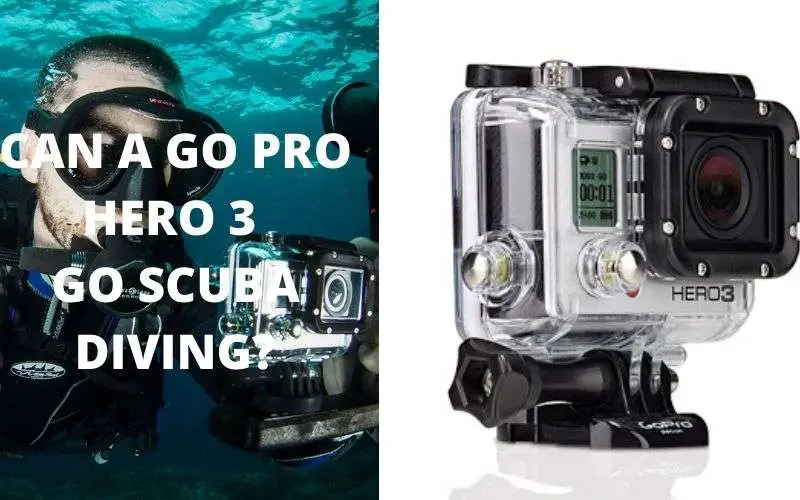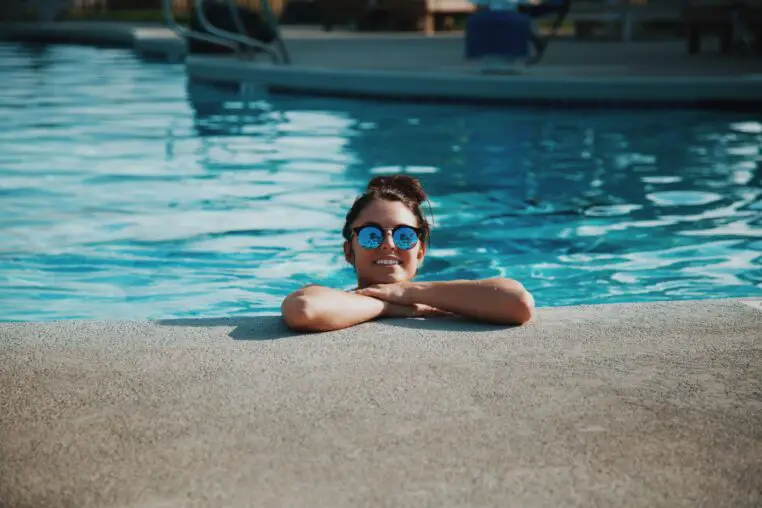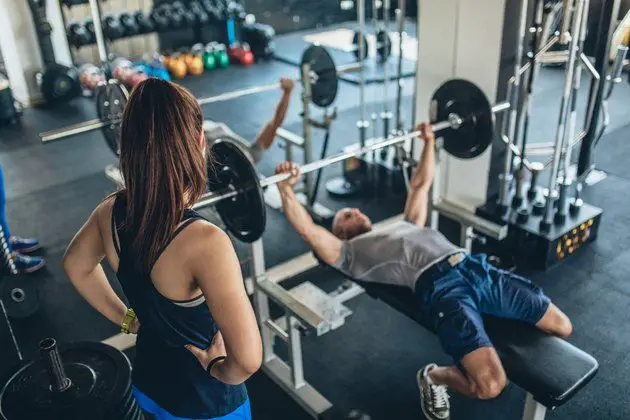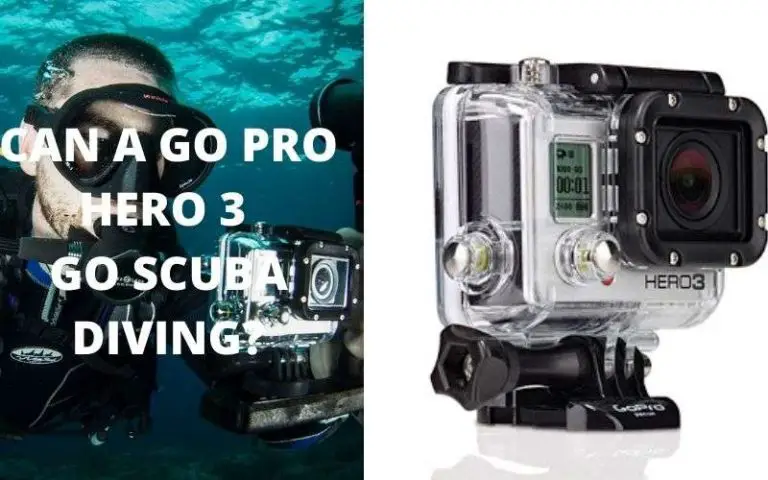
Swimming is a fantastic full-body workout, and if you’re looking for an elegant technique, the breaststroke is an excellent choice. This swimming style can be dissected into various phases, each calling upon specific muscle groups to work in harmony for a graceful and efficient stroke.
In this extensive guide, we will immerse ourselves in the world of swimming breaststroke, delving into the major muscle groups that propel you through the water and maintain a streamlined body position. We’ll also explore how these muscles collaborate to create a smooth, efficient stroke that is not only great for fitness but also gentle enough to use for rehabilitation.
Major Muscles in Swimming Breaststroke
The primary muscles that come into play during the breaststroke are the latissimus dorsi, pectoralis major, biceps, triceps, quadriceps, hamstrings, calf muscles, abdominals, and erector spinae. Each of these muscles has its role in making breaststroke one of the most graceful and efficient swimming techniques.
Let’s embark on an in-depth journey into these essential muscle groups and their functions during the breaststroke.

Upper Body Muscles
In the breaststroke, the upper body muscles are the driving force behind arm movements, propelling you gracefully through the water.
These crucial muscles include:
- Latissimus Dorsi: These substantial muscles in your back play a pivotal role in pulling your arms inwards towards your chest during the stroke’s initial phase.
- Pectoralis Major: Your chest muscles help in the sweeping motion of your arms underwater, contributing significantly to your forward momentum.
- Biceps and Triceps: These arm muscles collaborate during the recovery phase of the stroke, bending and straightening your arms to ensure efficient movements.
- Deltoids: Your shoulder muscles come into play during the initial outward sweep of your arms and assist in bringing the arms back towards your chest.
- Brachialis and Brachioradialis: Located in the forearm, these muscles flex the elbow during the recovery phase.
- Rhomboids: Situated in the upper back, these muscles help retract the scapulae (shoulder blades) during the in-sweep phase, contributing to the effective use of the latissimus dorsi and pectoralis major.
- Trapezius: This muscle, extending down your neck and upper spine, aids in elevating and retracting the scapulae, particularly vital during the recovery phase of the stroke.
- Serratus Anterior: Positioned on the side of the chest, this muscle is involved in the protraction of the scapula, assisting in the initial phase of the stroke where the arms reach forward.
Lower Body Muscles
Most of the propulsion in breaststroke emanates from the lower body, with specific muscle groups coming into play:
- Quadriceps: Situated at the front of your thighs, these muscles enable you to flex your knees during the initial phase of the kick.
- Hamstrings: Located in the back of your thighs, hamstrings primarily contribute to the recovery phase of the kick, driving your heels towards your buttocks.
- Calf Muscles: Your calf muscles maintain a pointed (plantar flexion) position at your feet, ensuring maximum efficiency and power during the kick.
- Gluteus Maximus: As the primary extensor muscle of the hip, it participates in the whip kick phase of the stroke, where the legs are brought together to provide propulsion.
- Hip Adductors: These inner thigh muscles help bring your legs together in the final phase of the kick, enhancing propulsion.
- Hip Flexors: Muscles including the iliopsoas, rectus femoris, and tensor fasciae latae are responsible for bringing the knees up towards the body during the recovery phase of the kick.
- Tibialis Anterior: This muscle assists in flexing the ankle (dorsiflexion) and is involved in the recovery phase of the kick when the foot is drawn back towards the shin, minimizing water resistance.
- Foot Muscles: The muscles in your feet, especially the extensor digitorum longus and extensor hallucis longus, work diligently to maintain the pointed position of the foot, ensuring efficient and powerful kicks.
Core Muscles
A strong core is essential for maintaining a proper body position and balance during breaststroke.
Various muscles in your core are involved, including:
- Abdominals: These muscles help stabilize your body, ensuring a streamlined position in the water.
- Erector Spinae: Located in your lower back, these muscles provide support and help you maintain a horizontal position in the water.
- Obliques: Both internal and external oblique muscles aid in the rotation and lateral flexion of the spine, vital for the undulating movement of breaststroke.
- Transverse Abdominis: The deepest layer of abdominal muscles, it plays a crucial role in stabilizing the trunk, allowing for more efficient movement and power transfer.
- Multifidus: Spanning multiple vertebrae in the back, this muscle assists in the stabilization and slight rotation of the spine during swimming.
Comparing Breaststroke to Other Strokes
Breaststroke is one of the four primary swimming strokes, alongside freestyle, back crawl, and butterfly. While all four strokes engage a wide range of muscles, each emphasizes different muscle groups and mechanics.
Let’s take a closer look at how breaststroke compares to the other swimming strokes.
Muscle Engagement in Breaststroke
Breaststroke stands out for its greater reliance on leg and foot muscle output.
Here’s a breakdown of the muscles engaged in breaststroke:
- Arm Muscles: The biceps brachii, triceps brachii, biceps femoris, brachialis, brachioradialis, and deltoids are involved in the arm movements.
- Back Muscles: The latissimus dorsi, levator scapulae, rhomboides minor, and rhomboides major contribute to the arm movements.
- Leg Muscles: The quadriceps, hamstrings, calf muscles, gluteus maximus, hip adductors, hip flexors, tibialis anterior, and foot muscles drive the leg kicks and play a pivotal role in creating propulsion.
Breaststroke’s distinctive frog-like kicking motion, coupled with its arm movements, showcases the symphony of muscles working together to produce this elegant stroke.
Muscle Engagement in Freestyle (Front Crawl)
Freestyle, also known as front crawl, relies primarily on upper body muscles for propulsion.
Here are the major muscle groups involved:
- Arm Muscles: The pectoralis major, latissimus dorsi, deltoids, triceps, and forearm muscles are responsible for the powerful arm movements.
- Back and Neck Muscles: The latissimus dorsi and trapezius help maintain proper body position and alignment.
- Core Muscles: The core muscles connect the upper and lower body muscles, ensuring a harmonious swim. The hip muscles control body position and prevent sinking.
- Lower Body Muscles: The feet, hips, hamstrings, and quadriceps generate force through kicking and pushing off the walls.
Freestyle is a stroke where upper body strength and mechanics play a significant role in propelling the swimmer forward.
Muscle Engagement in Back Crawl (Backstroke)
Back crawl, or backstroke, shares similarities with freestyle but relies more heavily on core strength to rotate the body and keep the swimmer high in the water.
Muscle engagement in back crawl includes:
- Arm Muscles: The latissimus dorsi is the primary propulsive force during the pulling phase. The pecs, deltoids, biceps, triceps, and forearm muscles assist in generating propulsion.
- Core Muscles: The core muscles, including the obliques, help in rotating the spine, which is essential for back crawl’s undulating movement.
- Leg Muscles: The hamstrings, quadriceps, and foot muscles contribute to generating propulsion.
Back crawl’s unique focus on core strength and back muscle engagement differentiates it from breaststroke, freestyle, and butterfly.
Muscle Engagement in Butterfly
Butterfly stroke uses similar muscles to freestyle and backstroke but with a distinctive mechanic that makes it one of the most challenging strokes.
Key muscle engagement includes:
- Arm Muscles: The pectoralis major and minor are responsible for pulling the arms together in front of the body. The latissimus dorsi (lats) extend the arms back towards the hips. The biceps, triceps, and forearms play a vital role in pushing the water behind the swimmer and providing stability during the recovery phase.
- Leg Muscles: The hips, quadriceps, hamstrings, and calf muscles drive the legs up and down in a whip-like motion, delivering propulsion and power to the stroke.
Butterfly is known for its demanding nature, as it requires significant strength from both the upper body and legs, making it a challenging yet rewarding stroke.
Swimming Breaststroke for Muscle Toning
Swimming breaststroke offers an exceptional opportunity to tone and strengthen your muscles while enjoying a full-body workout in the water. As you glide through the water, various muscle groups come into play, contributing to both cardiovascular fitness and overall muscle development.
Let’s explore how each part of your body benefits from swimming breaststroke:
Upper Body Benefits
- Pectoral Muscles: Your chest muscles are essential for propelling your body forward during the arm movements. Pushing your arms out and bringing them back in effectively tones your chest muscles.
- Deltoids and Biceps: These muscles assist with the arm movements, ensuring a well-rounded upper body workout.
Lower Body Benefits
- Leg Muscles: The distinctive frog-like kicking motion in breaststroke engages your glutes, quadriceps, and hamstrings, creating a solid foundation for lower body strength.
- Calf Muscles: These muscles work hard to maintain proper foot positioning, contributing to the toning of your lower extremities.
Core Benefits
- Abdominal Muscles: Your core muscles, including the abs and obliques, are continuously engaged to maintain a streamlined position in the water. This engagement enhances core stability and strength, offering numerous benefits for overall fitness.
Interval Training
To make the most of your breaststroke workouts, consider incorporating interval training. For example, swim 4-6 lengths of breaststroke at a moderate pace, followed by a rest period of 30-60 seconds.
Repeating this cycle can provide an effective muscle toning workout that keeps your fitness level on the rise.
Swimming Breaststroke for Rehabilitation
Swimming breaststroke can also be a valuable component of your rehabilitation routine if you’re recovering from certain muscle injuries. This swimming style is known for its gentleness on the body, making it ideal for rehabilitating various muscle groups while reducing the risk of exacerbating injuries.
Here’s how swimming breaststroke can aid in your rehabilitation:
Upper Body Rehabilitation
- Pectoralis Major, Deltoids, Triceps: Engaging these muscles in your upper body helps rebuild strength gently after injuries.
Lower Body Rehabilitation
- Quadriceps, Hamstrings, Gluteal Muscles: Utilizing these muscles extensively in breaststroke contributes to rebuilding lower body strength while minimizing joint pressure.
The low-impact nature of breaststroke reduces joint strain and minimizes the risk of further injury, making it a suitable choice for rehabilitation.
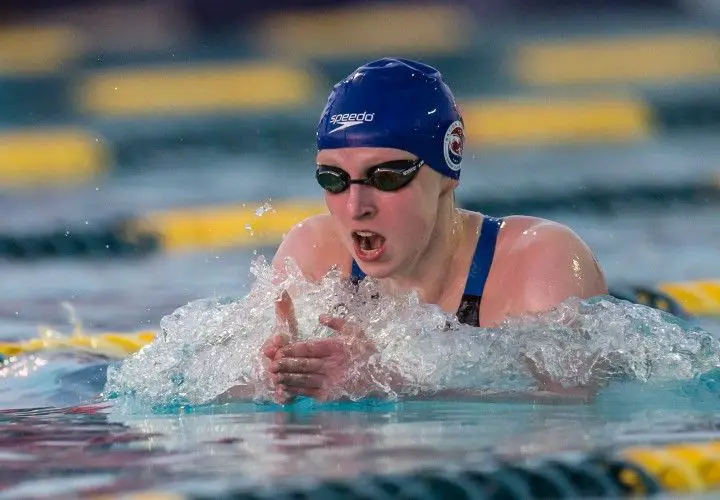
Potential Injury Risks in Swimming Breaststroke
While swimming breaststroke is an excellent exercise, it’s essential to be aware of potential risks and injuries to stay safe in the water. Here are some common risks and preventative measures:
Swimmer’s Knee
One prevalent injury risk in breaststroke is swimmer’s knee, which mainly affects the inner ligaments of the knee due to the forceful kicks in the whip kick motion. To prevent this injury, focus on maintaining proper technique and consider seeking guidance from a coach or trainer.
Shoulder Impingement
Another risk involves developing shoulder injuries, such as rotator cuff tendonitis or shoulder impingement syndrome. These injuries often result from overuse or poor stroke technique. To prevent these issues, ensure you warm up properly, pay attention to your shoulder movements, and incorporate dryland and strength training exercises to improve overall stability and flexibility.
Neck Pain
Neck pain can also be an issue, often stemming from improper head positioning or swimming with your head lifted for extended periods. To avoid this, practice keeping your head in a neutral position, looking toward the bottom of the pool during the majority of your strokes.
Conclusion
Swimming breaststroke is an artful combination of upper body, lower body, and core muscles working in harmony to execute an efficient and elegant stroke.
By understanding the muscles at play and being aware of common injury risks, you can enjoy the benefits of muscle toning, cardiovascular health, and rehabilitation that swimming breaststroke offers while staying safe in the water.



